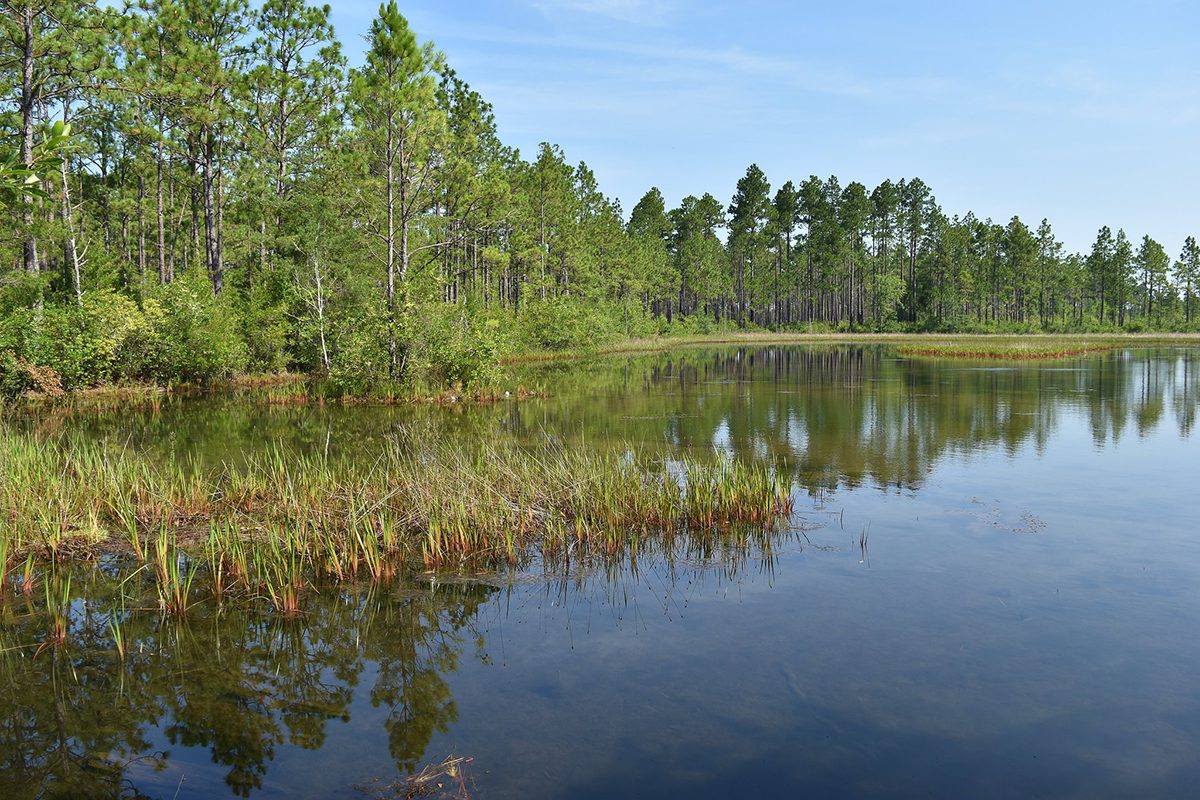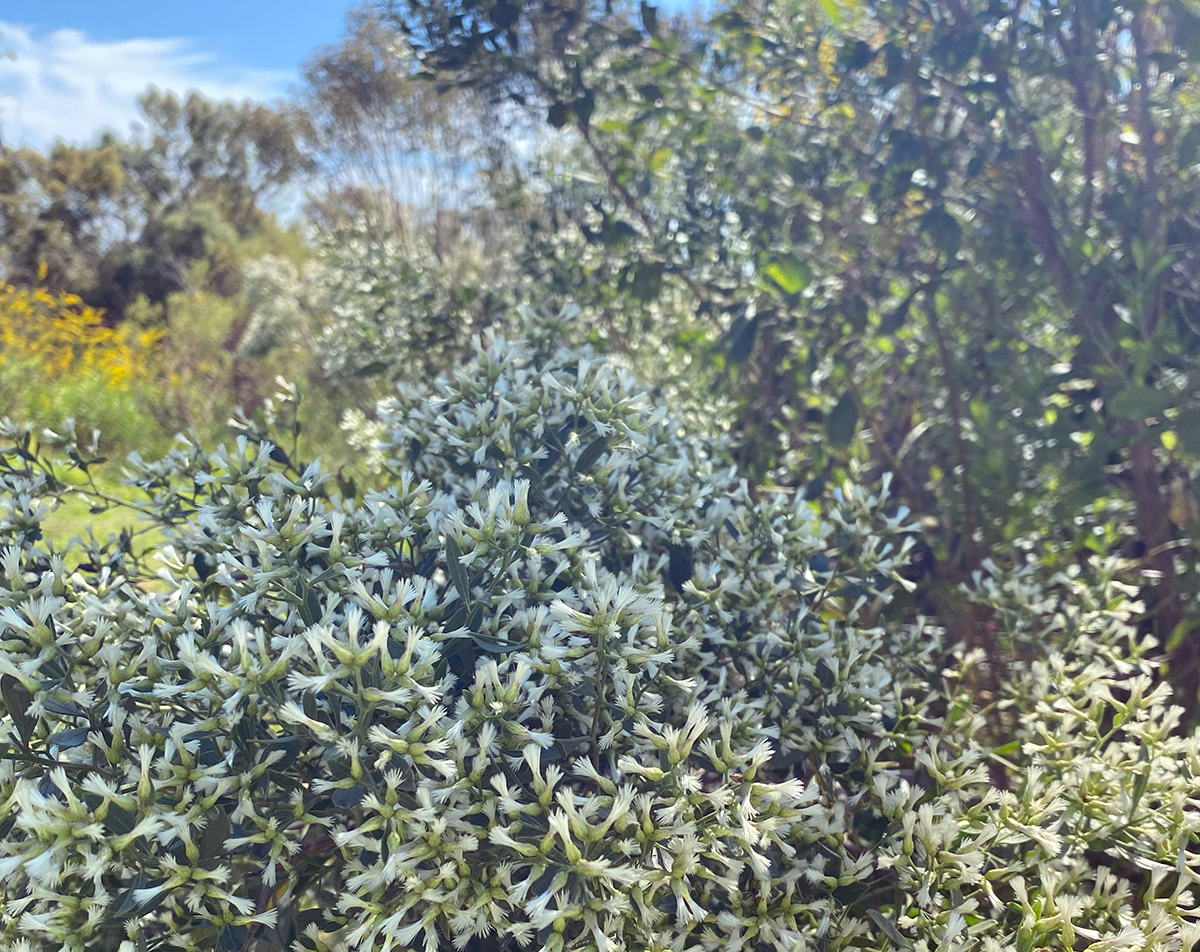
Vision can be as simple as the act of seeing. Or it can be mystical, as in a dream. It can be using the imagination to plan something that doesn’t exist yet, such as imagining what your yard or garden would look like if you did … such and such.
One of Webster’s definitions of vision is thus: The special sense by which qualities of an object (such as color, luminosity, shape, and size) constituting its appearance are perceived through a process in which light rays entering the eye are transformed by the retina into electrical signals that are transmitted to the brain via the optic nerve.
Supporter Spotlight
Most of us take vision for granted, but what does any of the above have to do with gardening? Other than planning and enjoying your flower and vegetable gardens, is it relevant?
In our way-too-gray world of concrete and reflective glass, many of us don’t pay attention to plants. They’re just … there, or not.
Some of us see every flower, no matter how tiny. Differing leaf shapes. Textures. Colors.
The basic concept of seeing is pretty much the same for most people, unless they have a problem with their vision. Your eyes take in things, and your brain translates it into identifiable colors and shapes.
Ever wonder how artists, painters, for instance, create such wonderfully detailed renderings? While we see the same things, we don’t necessarily perceive or process them in the same way.
Supporter Spotlight
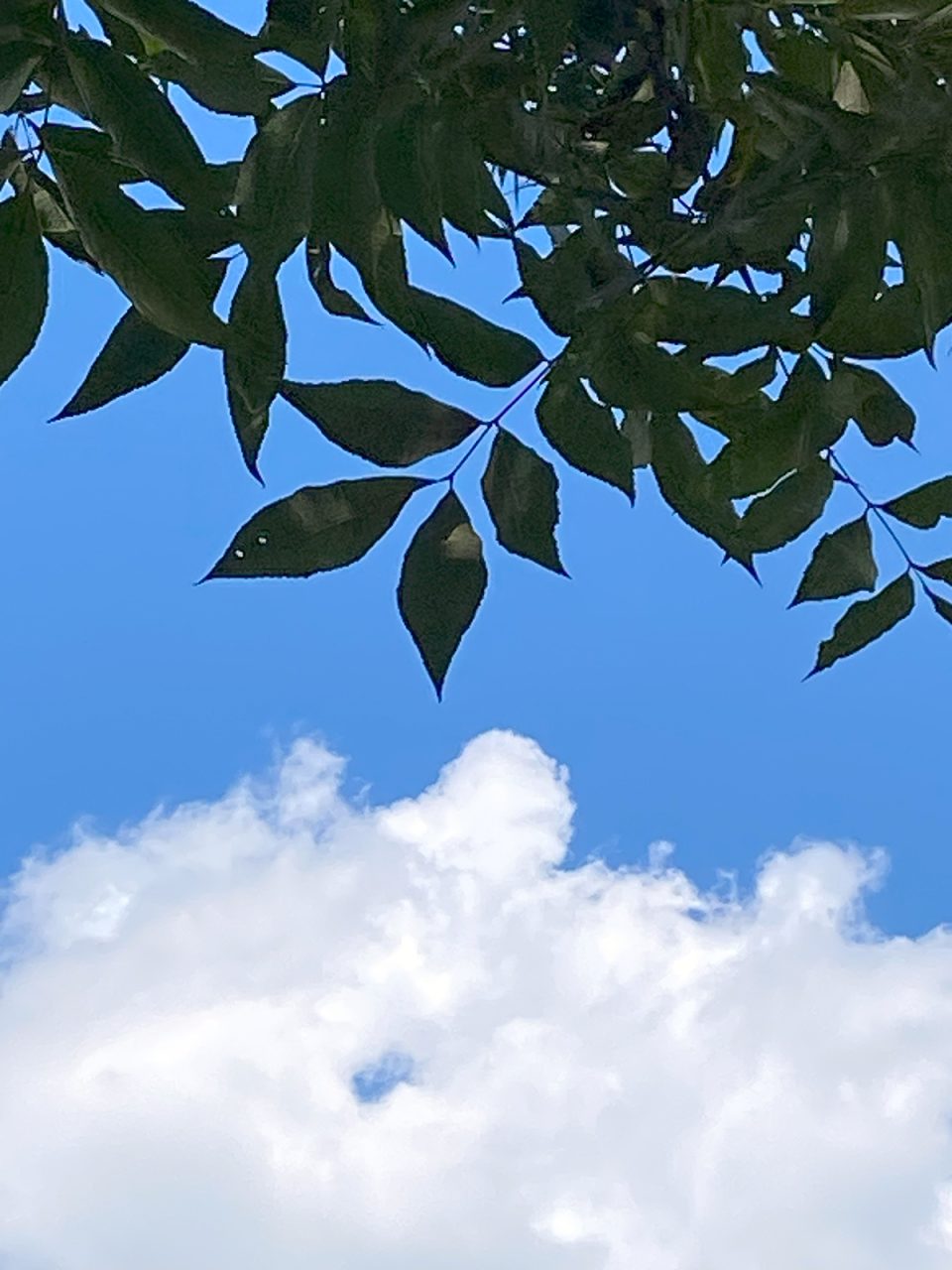
Like looking at the ocean, and then looking at the ocean through polarized sunglasses, gradients and colors that we didn’t realize were there pop as soon as we put the sunglasses on.
Vision can be farsighted or nearsighted. One would think Monet’s famous impressionist paintings were mostly because he was myopic, or nearsighted. Actually, he had cataracts which impacted how he saw things as well as how he saw colors. The same way artists see things others don’t, or at least until our eyes are aided by polarized glasses.
So, really, what difference does any of that make, especially to gardening?
Like artists picking out details others can’t always see, gardeners pick up on things others miss — an invaluable skill in times past, when grocery stores were few and far between, much less fresh produce — when knowledge about plants could literally mean the difference between making it through the winter or starving to death.
Blooms
Gorgeous in and of themselves, flowers can indicate many things. Future berries, or tubers, or herbs. What time a certain plant will be ready to harvest, and when to let it grow longer. Potatoes usually are ready to harvest shortly after they bloom, your broccoli boasting pretty little yellow flowers means it’s too late.
Leaves
While flowers stand out a bit more, knowing which leaves are which can be just as informative. Besides maple, do you know what the most beautiful red leaves in the fall often are?
Poison ivy!
Its shiny green, three-lobed leaves stand out to those who know to steer clear. Poison ivy’s red fall raiment says “pick me, pick me,” while at the same time the bright scarlet fairly screams “danger.”
Flowers and leaves come in a vast array of colors and shapes, both of which aid in identifying and locating different plants, whether helpful or harmful.
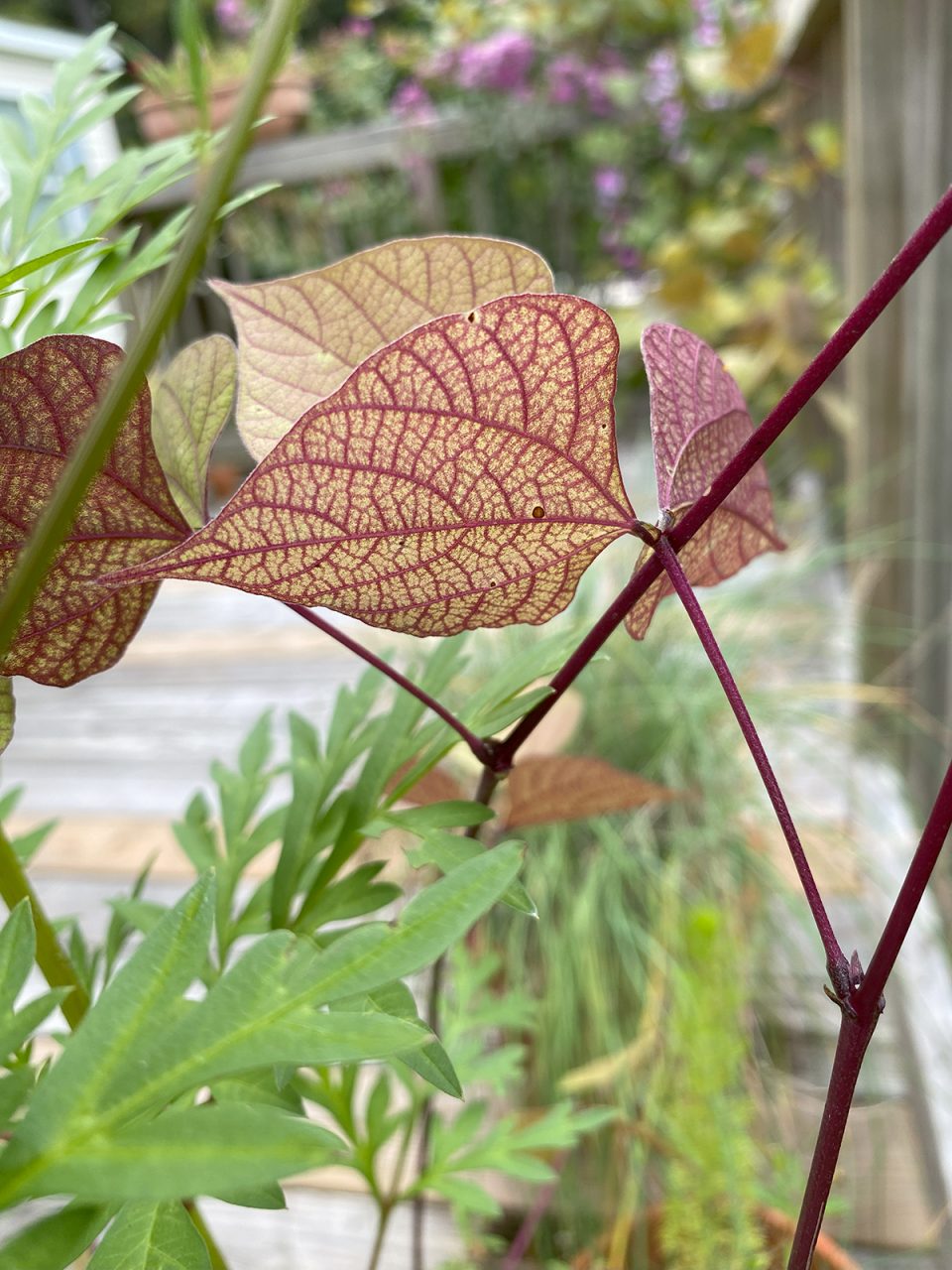
Like opening a brand new 64-count box of Crayola crayons, flowers of every shade known to mankind and a few we may have never noticed before often catch our eye because they stand out from greenery. Just like kids, and some adults, pollinators are attracted to colors.
Knowing what willow leaves look like — long and thin — serves multiple purposes. First, willows grow in wet conditions, so their presence means water is close by. The branches make amazing baskets, and the inner bark can be boiled to make salicylic acid, otherwise known as an aspirin-like pain reliever.
Nut-bearing trees such as pecans, hickories and walnuts have distinctive leaves as well. Paw paws, mulberries, and sassafras, all useful as food or medicine sources, stand out against pines and maples and oaks.
Some plants, such as saltbush, or Baccharis halimifolia, aid humans in knowing when seasonal events are occurring in the animal world. Usually when the saltbush starts blooming, the fall migration of many varieties of fish is taking place. For centuries, fishermen have paid attention to this particular plant’s blooming in order to know when fishing would be the most lucrative. Strange, isn’t it, to think the bloom time of a plant can clue us in to what’s going on under the water?
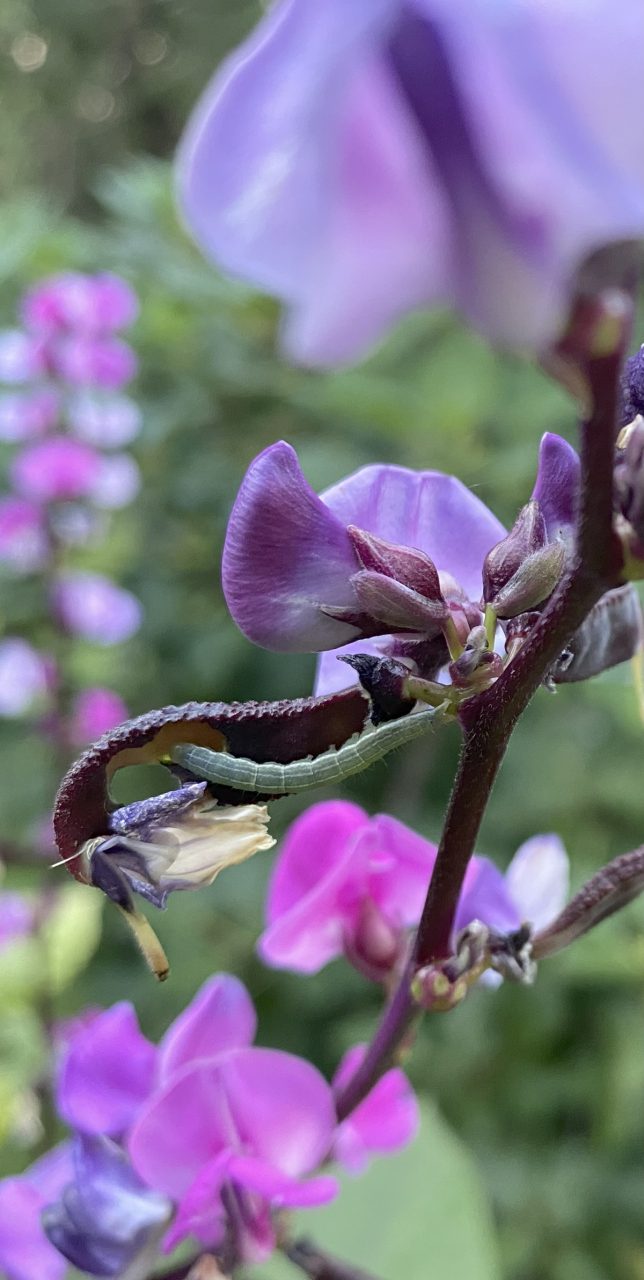
Men and women perceive colors differently, much like artists and nonartists. This is partly because women have two X chromosomes and men only have one, so women tend to be able to perceive infinitely more shades of colors than men. Men are also more prone to red-green colorblindness.
That makes sense, given that men would traditionally have been the hunters, so they wouldn’t necessarily have needed to distinguish all the colors women see. Women have traditionally done more gathering, so they would have needed to be able to spot berries and herbs and nuts, not to mention any poisonous snakes and spiders hiding amongst them.
Probably this explains why most men can clearly see a deer or other prey animal in the woods or across a field but can’t find a bottle of ketchup in the fridge. It also gives the guys an out at the paint store. Most men truly can’t distinguish between eggshell and ivory, red and scarlet, teal and turquoise.
No matter your level of visual acuity, sight is a precious gift. Colors and shapes enhance our world in myriad ways, whether you’re a gardener or not. Vision allows us to see the beauty in ordinary things as well as enabling us to envision how to better enhance them.
Whether you’re a cottage garden aficionado and love the organized chaos growing with willy-nilly abandon, or you’re more of a formal garden person favoring grander size and a far more structured layout, enjoy!






